GST: Another special rate of 40 per cent will be imposed on pan masala, cigarette, aerated water mixed with sugar, carbonated drinks, etc. The Goods and Services Tax (GST) Council announced today that only two rates will be left as of September 22 – 5 per cent and 18 per cent. Special rate of 40 per cent shall be imposed on pan masala, cigarette, aerated water containing added sugar, carbonated drinks, etc. only.
Ms Sitharaman reported that most of the products consumed by the middle class have been reduced below 18 per cent. These are televisions, air-conditioners, and bikes below 350 cc.
The multi-sectoral, multi-thematic focus of these reforms, according to Ms Sitharaman office, is to provide ease of living to all citizens and ease of doing business to all.
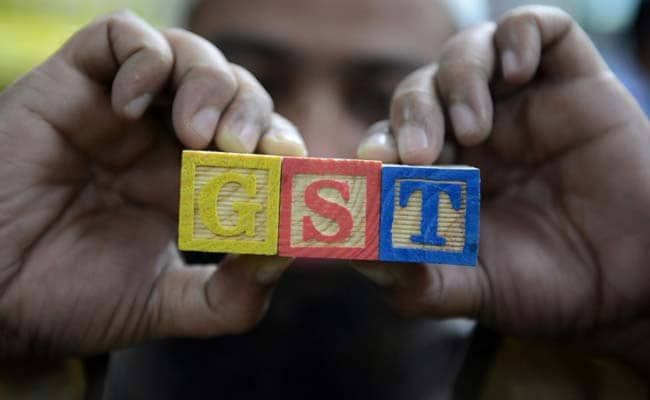
When the Union Finance Minister Nirmala Sitharaman sits in the chair of the 58th GST Council meeting today and tomorrow, she is tasked with giving form to the clarion call by the Prime Minister Narendra Modi to reform GST. Among the issues discussed are a reduction of the rates on 175 of the 200-plus items, including cars, soap, and air-conditioners, and rationalisation of a four-level system to two.
What We Know So Far
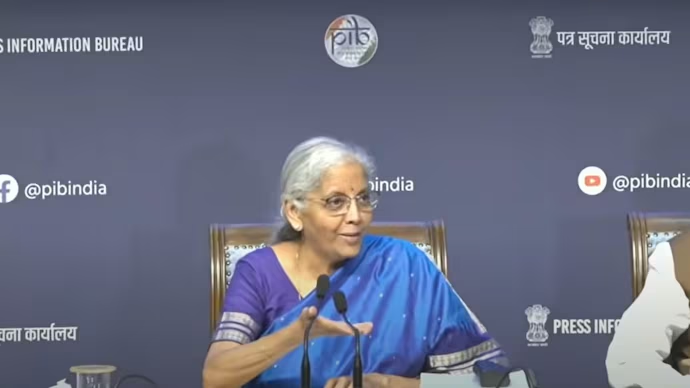
During the GST Council meeting, the union and state finance ministers convene with the sole agenda of GST reforms, such as rationalization of rates, easier compliance, and possible new compensation schemes. A meeting of the officers was held on Tuesday to lay the ground-work before the council met.
Four slabs of 5, 12, 18 and 28 percent are now being proposed as a two slab structure -essentials 5 percent and non-essentials 18 percent. This could have another 40 percent slab on so-called sin goods such as tobacco and cars that cost ₹50 lakh and beyond.
The fitment panel has already given consent to proceed to this two tier structure.
Top 10 products which might have GST rate reductions
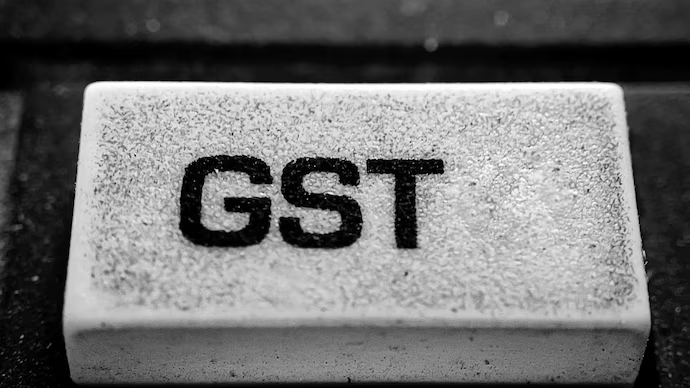
Reuters reports that India is considering reducing GST by at least 10 percentage points on almost 175 products but there are a few changes that the common man is eagerly anticipating in specifics.
Essential goods GST on toothpaste, shampoo, talcum powder, soaps will probably fall in the 5% bracket, down from 18% previously. GST on butter and cheese and ready-to-eat foods (pickles, snacks, chutney, and so on) can also be reduced to 5% (instead of 12 and 18 today).
In a broad sense, virtually all food and textile products will be covered by the 5% slab, which may be viewed as an incentive to such companies as Hindustan Unilever Ltd., Godrej Consumer Ltd. and Nestle India Ltd.
More interesting is the 18 percent slab that will now cover consumer electronics including TVs, ACs, refrigerators, and washing machines. These white goods are so far attracting 28%. Even the cement GST will be lower by 18 against 28 currently.
GST on Auto
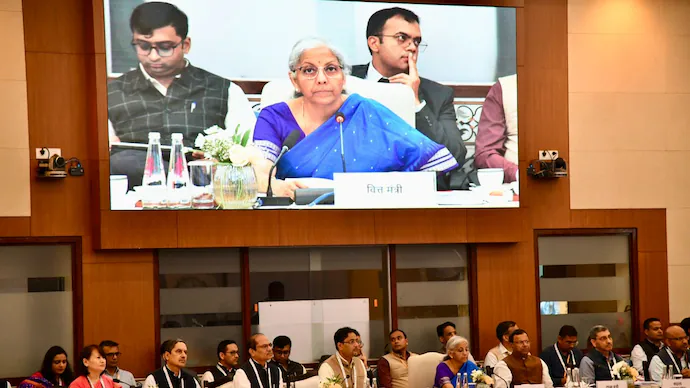
Although it is likely that small petrol cars of an engine capacity of up to 1,200cc will receive a 18% GST deduction instead of the current 28%, Reuters asserts that it will also be applied to small hybrid cars. That is a huge advantage to Maruti Suzuki India Ltd., and by proxy Toyota India, yet a minor hiccup to the makers of electric cars Tata Motors Ltd. and Mahindra and Mahindra Ltd.
The GST Council can make that hiccup more difficult to swallow by raising the tax on 20-40 lakh electric cars to 18% instead of 5% as it is now, according to a report by Reuters. The likes of Tesla Inc. and BYD Co. have even charged a higher tax on luxury electric cars.
Moreover, the GST Council will probably succumb to a long-standing request of the two-wheeler industry to lower the GST rate to 18 percent against the current 28 percent. That will give Hero MotoCorp Ltd. a shot in the arm at a time when its commuter motorcycles are struggling to sell.
But there’s a proviso. All that GST council can do is to decide what qualifies as luxury two-wheelers in India. People briefed on the issue say that the GST Council will recommend levying 40 percent tax on two-wheelers that have an engine capacity of more than 350 ccs. Bajaj Auto and Royal Enfield, the largest players in the middle-weight segment, have objected to this move.
An example of what GST rationalisation can take the form of
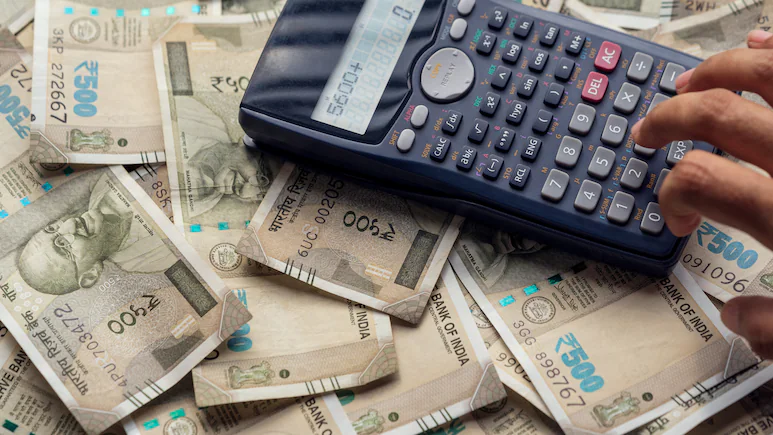
Structural simplification: Four slabs (5%, 12%, 18%, 28%) were reduced to essentially two (5% and 18) plus a special 40% luxury/sin goods.
Improved Ease of Doing Business: Fewer categories, less compliance, less litigation, and less administration.
Revenue Neutrality: The 40% slab on sin/luxury goods is intended to cover up the losses on the lower slabs.
compensation mechanisms: A cess surplus ( ₹40,000-50,000 crore) would be used to compensate the states, which would be phased out before 31 October. Insurance has suggested exemptions and rate benefit should be passed to policyholders.
Reducing duty inversion: I know there is awareness of inverted duty structure, input services being taxed more than outputs. It is anticipated that there will be discussions on how to align the rates of inputs and outputs to the advantage of consumers.
Why GST reforms, though?
In his Independence Day address on 15 August, Prime Minister Narendra Modi announced the largest indirect tax overhaul in India since July 2017 when Goods and Services Tax first became operational. The stock market in India had a frenzy in the days that followed only to turn around again less than 2 weeks later when 50% US tariffs on India were implemented.
The GST reforms, in a way, are a buffer against the blow that the Indian economy will receive as a result of Trump tariff tirades about New Delhi buying Russian oil.
SBI Research found that GST reforms would be sufficient to boost India’s GDP print by 60 basis points in 12 months, compared to US tariffs which can reduce growth by up to 1 percentage point in the long term, as reported by Reuters on 21 August, citing an analysis by MUFG.
A percentage point is one-hundredth of a basis point.
Assuming the Council provides a wide 12 percent to 5 percent migration and a rational 28 percent to 18 percent/40 percent split, then GST reforms can offset about half to almost all of the probable US tariff drag, said Soumya Kanti Ghosh, group chief economic advisor at State Bank of India, in GST 2.0 report published by SBI Research on 19 August. With more severe/prolonged tariffs, then the drag may be 1 ppt or so–GST mitigates, though not completely removes, the drag under such circumstances.
SBI puts the weighted average GST rate at 9.5, which will reduce retail inflation by 20-25 basis points and boost consumption. That is then translated into increased monthly GST collection.
Revenue suffered as a result of GST reforms
Where IDFC First Bank estimates revenue loss at 1.65-1.70 lakh crore, the SBI Research estimates 60,000 crore to 1.1 lakh crore revenue loss in case GST 2.0 shifts to a two-level structure (5% and 18%) with a 40 per cent sin/luxury band.
Of this, SBI suggests that 45,000 crore can be counterbalanced with the estimated 45,581 crore surplus in GST Compensation Cess fund by March 2026, but even otherwise, the consumption boost would offset revenues.
Milk, roti, paneer, ghee: 5 per cent
Biscuits, sauces, pasta: 5 per cent
Dry fruits, pizza bread: 5 per cent
Oxygen, glucometers, kits: Nil
Critical drugs, bandages: 5 per cent
Soap, shampoo, toothpaste: 5 per cent
Candles, toys, furniture: 5 per cent
Solar, wind devices: 5 per cent
Biogas equipment: 5 per cent
Small cars, bikes: 18 per cent
Luxury cars, big SUVs: 40 per cent
Cigarettes, tobacco, gutkha: 40 per cent
Textiles, TV, cement rationalised to 5 per cent or 18 per cent, based on item classification.
For more updates follow: Latest News on NEWZZY
